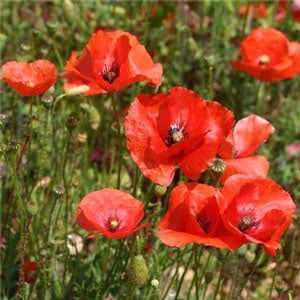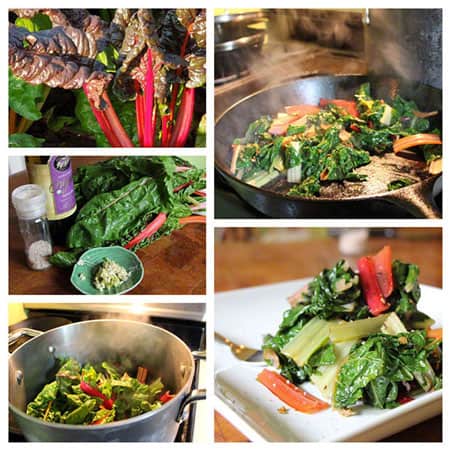Half Sized Blog Element (Single Author Style)
Half Sized Blog Element (Multi Author Style)
Poppy flowers are a beautiful addition to any garden with an amazing benefit – the seeds are edible! Great growing tips and a delicious recipe are inside.
Chard is like a reliable friend, always there, it is one of the greatest, and often least appreciated, of all the gifts from your local farmer (or garden).



The Poppy and Its Seeds
Poppy flowers are a beautiful addition to any garden with an amazing benefit – the seeds are edible! Great growing tips and a delicious recipe are inside.
Chard Of Many Colors
Chard is like a reliable friend, always there, it is one of the greatest, and often least appreciated, of all the gifts from your local farmer (or garden).